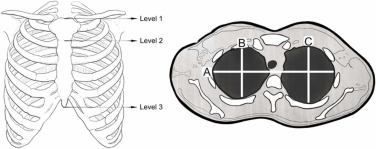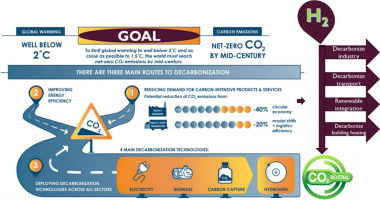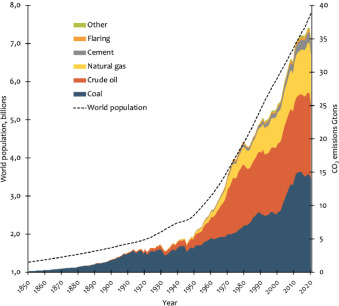Elsevier,
Respiratory Physiology and Neurobiology, Volume 307, January 2023
Background: In patients with cystic fibrosis (CF), thoracic morphology and its role in respiratory function is conditioned by anthropometric factors, as well as by pathological changes. While the lungs are continuously monitored, examinations of potential thoracic cage adaptations to the disease are rare. Hence, the aim of this study was to investigate thoracic configuration, and its correlation to spirometry measures over time. Methods: In total, 344 high-resolution computed tomography (HRCT) examinations from 90 patients were assessed and analysed. Those results were subsequently related to spirometry measurements performed within the same period. Results: The cohort displayed no homogenous change in thoracic configuration over time, and correlation between thoracic area and spirometry variables could not be supported statistically. Conclusions: Although the current study included a larger cohort of patients with CF compared to previous studies on thoracic morphology, no patient group-specific changes in thoracic configuration were revealed. Furthermore, no correlations between structural findings and functional respiratory measurements were found.
Elsevier,
Sustainable Chemistry for Climate Action, Volume 2, January 2023
The article is related to SDG 13 and investigates the use of carbon neutral sources, such as biowaste, in the conversion to biooil. Catalytic liquefaction of various organic waste (mandarin peel, coffee grounds and cocoa shell) to synthesize an oil which can be used as a sustainable fuel is described.
Elsevier,
Sustainable Chemistry for Climate Action, Volume 2, January 2023
A rapid switch from non-renewable carbon-based sources of energy to clean and low-carbon sources of energy is required to accomplish ambitious carbon neutrality goals. The prospects of hydrogen in achieving net-zero emissions by 2050 are promising, but the article describes the challenges and uncertainties that need to be addressed.
Elsevier,
Neuroscience & Biobehavioral Reviews,
Volume 145,
2023
This article ties to SDG 3. Analyzing relations among neuronal, endocrine, immune, and biochemical signatures of trauma and internalizing and externalizing behaviors, including the role of personality traits in shaping these conducts, this review highlights that the marked effects of traumatic experience on the brain/body involve changes at nearly every level of analysis, from brain structure, function and connectivity to endocrine and immune systems, from gene expression (including in the gut) to the development of personality.




